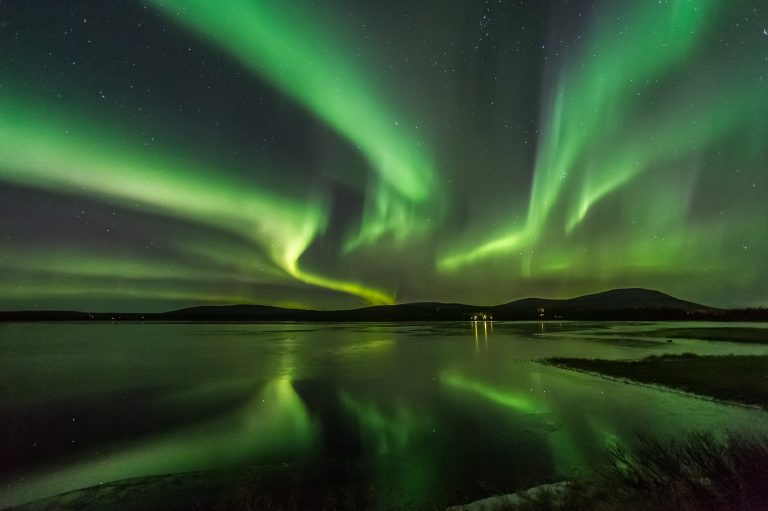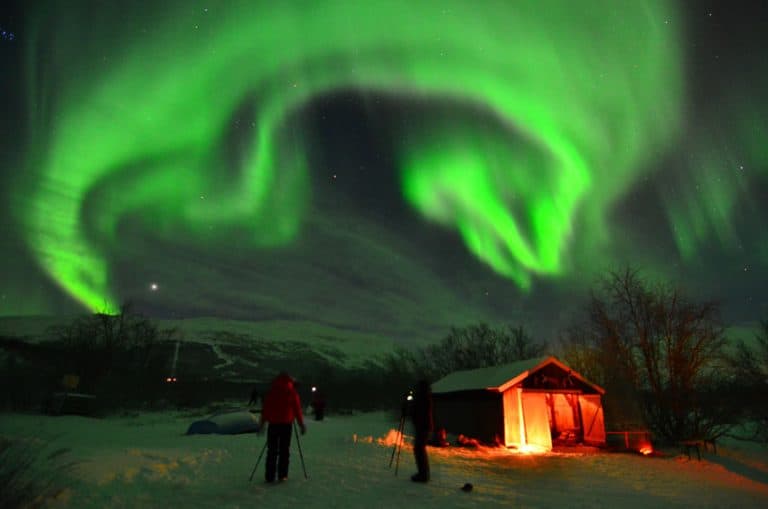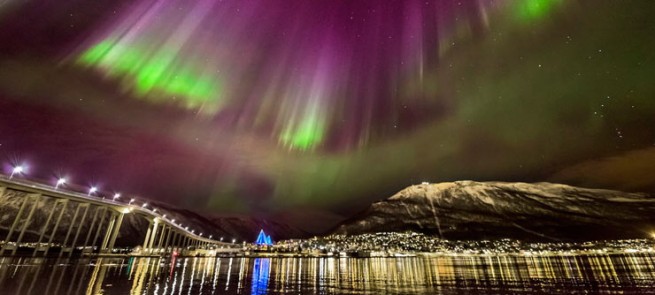With their love of fish, design and minimalist philosophies, Scandinavian and Japanese cultures have a lot in common. The 2012 Netflix documentary Jiro Dreams of Sushi did much to illuminate how we think about the dish both as culinary and cultural phenomenon. In the beginning of this century, Norwegians did not know what sushi was. But then, slowly, started the sushi invasion in Norway.
Sushi was once food only for shipping people and ambassadors. How did an unassuming raw fish creation take over this country?
Sushi is a Japanese word that means ‘sour rice’. Contrary to what many people believe, rice is the main ingredient of the dish rather than raw fish. In addition to the raw fish and rice, the cuisine can be topped with vegetables, cucumber, eggs, avocado, salmon, etc., depending on local tastes.
“Sushi is the new taco”, said Norwegians about the sushi boom in the country at the beginning of the 2010s. Around the same time, sushi was referred to as “the new pizza” in several places.
Sushi restaurants popped up all over Norway, from south to north, and today the Norwegian Seafood Council estimates that there are around 300 sushi restaurants in Norway, and the number is rising.
Sushi is indisputably a worldwide food phenomenon. The all-conquering cuisine has been around for centuries, captivated food lovers, and has taken Scandinavia by storm. So, why is that?
‘Hot dogs’ were the hottest thing young people could eat when hot dog stands came to Norway in the 1950s.
The Italian pizza was introduced to Norway by Gino Valente in 1963. The American pizza was launched in Norway when American Louis Jordan established Peppes Pizza Pub at Solli in Oslo in May 1970, later known as Peppes Pizza.

In Norway, the first sushi restaurant opened in the 1980s. It was an exclusive eatery in Oslo, intended for a narrow audience. In the same way as when the Italian food was introduced to Norway, interest was initially weak.
The pioneering countries in Europe, however, were England, Hungary, Croatia, Slovenia, Finland, Spain and Belgium. But did you know that sushi came to Europe via the US? A wave of sushi restaurants opened in Europe in the 1990s after having learned about the food from Americans. The first Japanese restaurant was established in London, and the trend later spread to Ireland, Russia, France, and other countries. People realized there was more to sushi than raw fish. Since ingredients like avocado, chicken, smoked salmon, and carrots could be used, the dish became an exciting way to eat for Europeans.
The history of sushi in Norway follows the same mechanisms as sausages, pizza and coffee bars. The fascination with American fads was spreading from young food innovators in the capital to other parts of the country, according to a survey Annechen Bahr Bugge did in 1911. It showed that 30 percent of 25-29-year-olds ate sushi every month.
Today, the sushi industry has grown so big that it brings billions yearly to stakeholders worldwide. The delicacy has helped shape Japan into what it is now. According to Statista, the income of sushi restaurants in Japan in 2020 was equivalent to 1.26 trillion Japanese Yen
Salmon sushi invented in Norway
Norway was the first, and remains the largest Atlantic salmon farming nation, producing more than half of the world’s farmed salmon along its ideally placed long coastline providing ample cold and clear waters year-round.

It is hard to imagine a world where salmon, whether served in sushi, smoked on a bagel or pan-fried with vegetables, didn’t exist on menus or dinner plates across the world. But the history of salmon as a mainstream year-round food staple is a relatively new one, and one which perhaps wouldn’t have been if it weren’t for two seafood loving entrepreneurial brothers, Ove and Sivert Grøntvedt from the island of Hitra. In 1970, they laid the foundations of modern aquaculture in Norway and abroad.
In 2015, Norway was the largest producer of Atlantic salmon in the world, 53 percent of all farmed salmon comes from Norwegian fjords. In 2020, 14 million meals of Norwegian salmon were eaten every day around the world. Norwegian salmon is the most preferred fish in the world.
No wonder, tt was the Norwegians that came up with the concept of salmon sushi, and spent the better part of a decade marketing and selling it in Japan. In fact, you could say salmon sushi is a Norwegian invention.
In 1974, a Norwegian delegation traveled to Japan to strengthen relations between the two countries. Among them was Thor Listau, a member of Norway’s fisheries committee. He noticed how tuna was a prized fish, demanding high prices, while poor quality salmon was being fried and dried in high volume, at low prices. To him, it seemed like Norwegian farmed salmon would find a market as salmon sushi in Japan.
In the 70’s, Japan was self-sufficient when it came to seafood. But due to overfishing, rising population, and rising incomes with the economic boom of the time, Japan needed to start importing fish.

Though the first Norwegian salmon was imported into Japan in 1980, it was for grilling, and not for sushi.
It wasn’t until 1985 that Listau returned to Japan with a delegation riding twenty deep, representing Norwegian seafood exporters, ministers and organizations to explore market potentials for Norwegian seafood. Convinced it was a viable market to sell the glut of salmon piling up in Norway, they launched “Project Japan” the following year, in 1986, to help promote Norwegian seafood in Japan.
From 1986 to1991, Norwegian salmon exports grew 250 percent, far exceeding Listhaug’s ambitions. The introduction of salmon in sushi plays a major role. In 1980, Norway exported 2 tons of salmon to Japan, 20 years later the volume reached 40 000 tons.
In 1990, total production reached 170 000 tons, compared with 8 000 tons in 1980 and 500 tons in 1970.
The Sushi Invasion in Norway, written by Tor Kjolberg



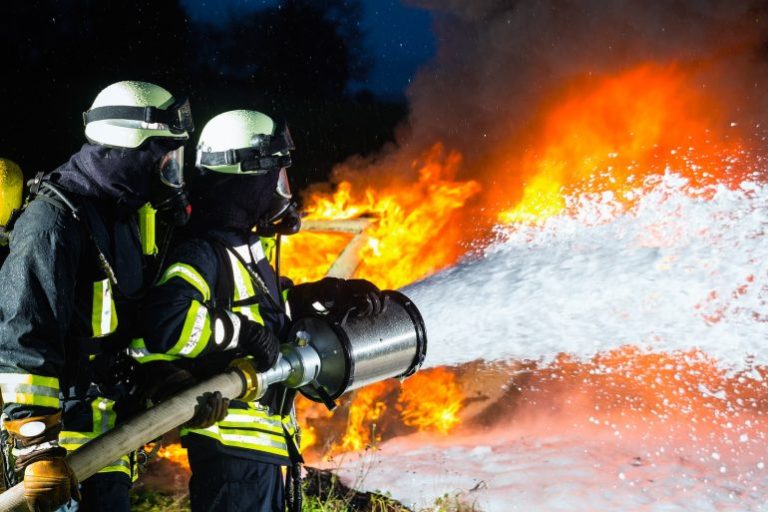


 Lawsuits and Legal Challenges
Lawsuits and Legal Challenges
 FAQs
FAQs
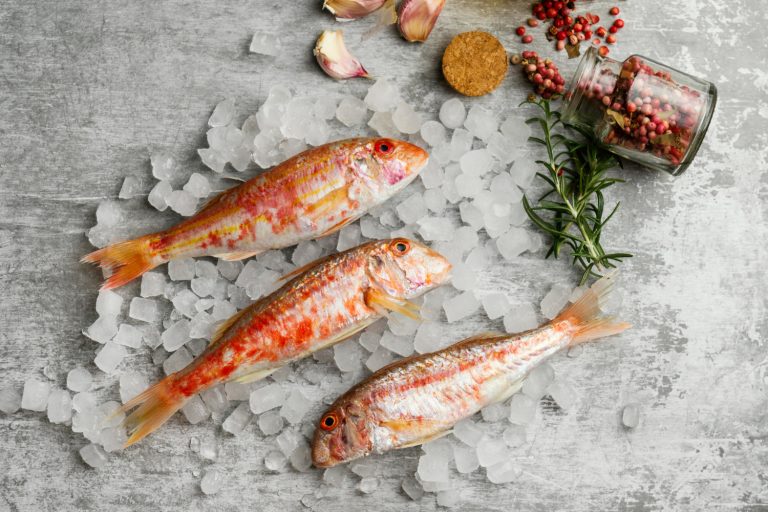





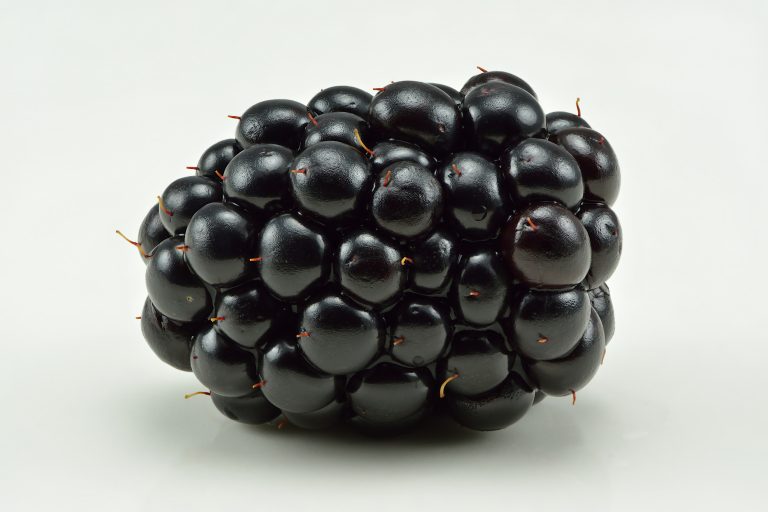

 Blackberry jam
Blackberry jam





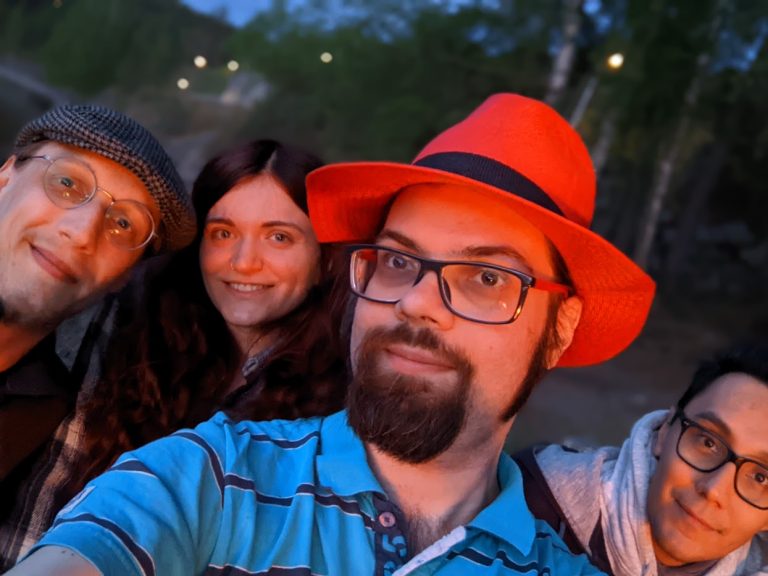






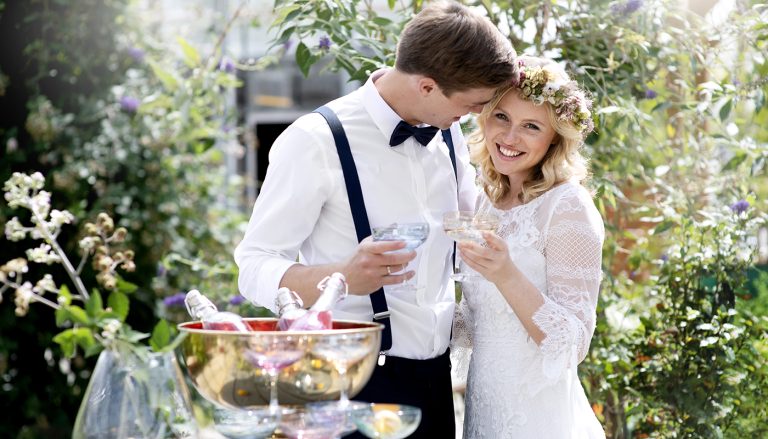
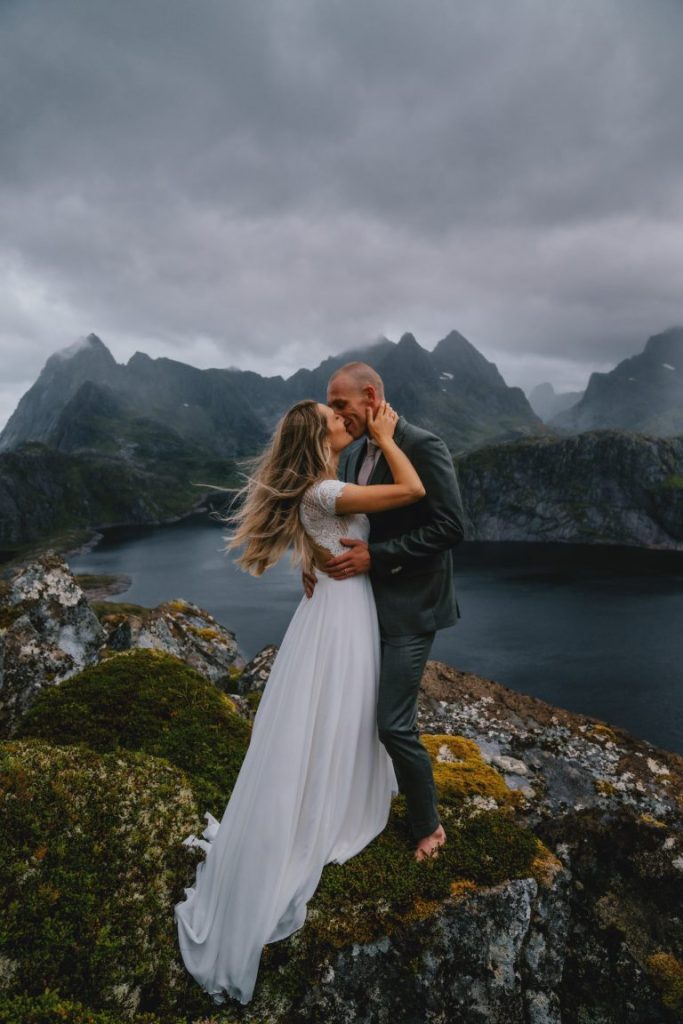
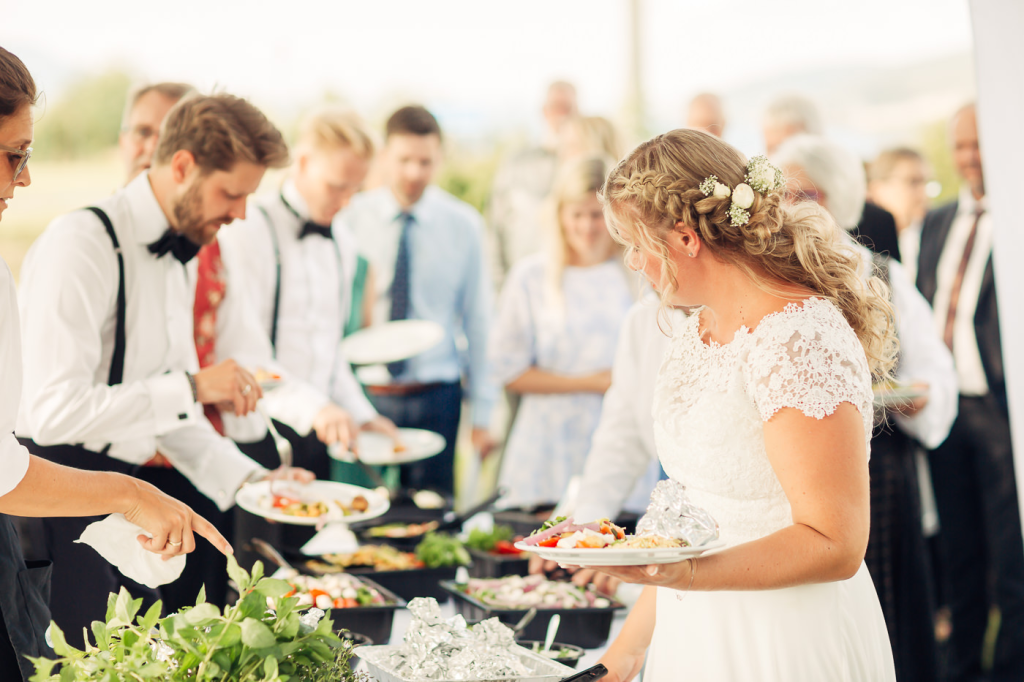
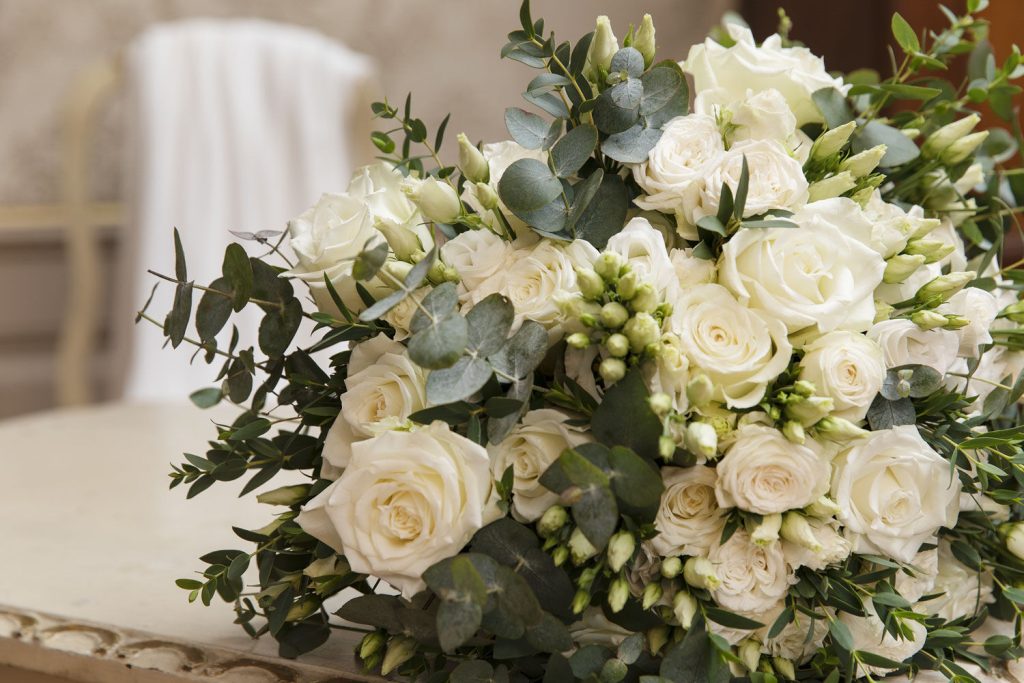
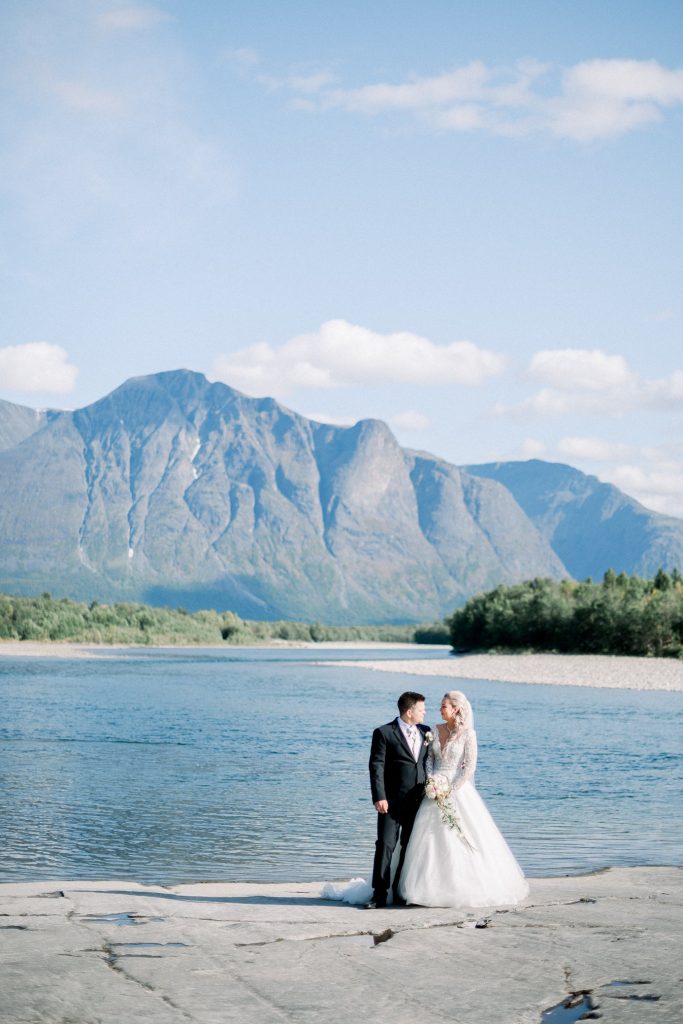
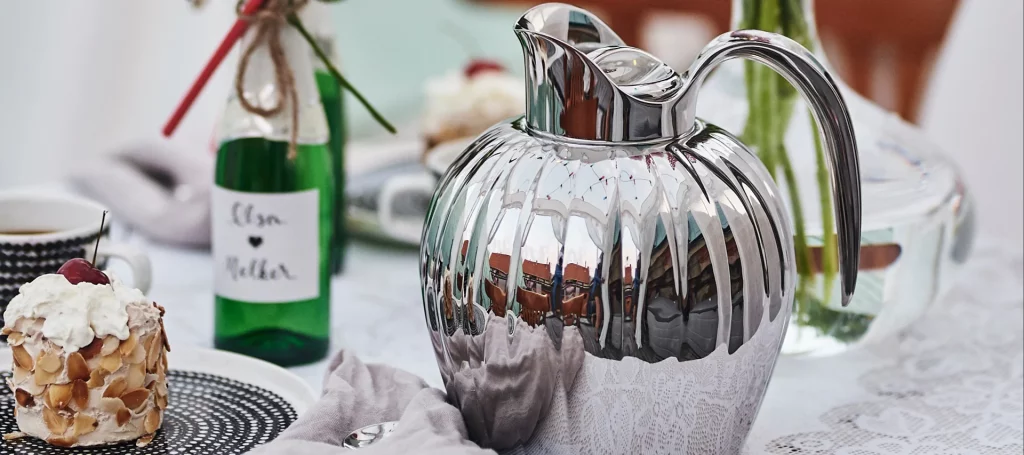

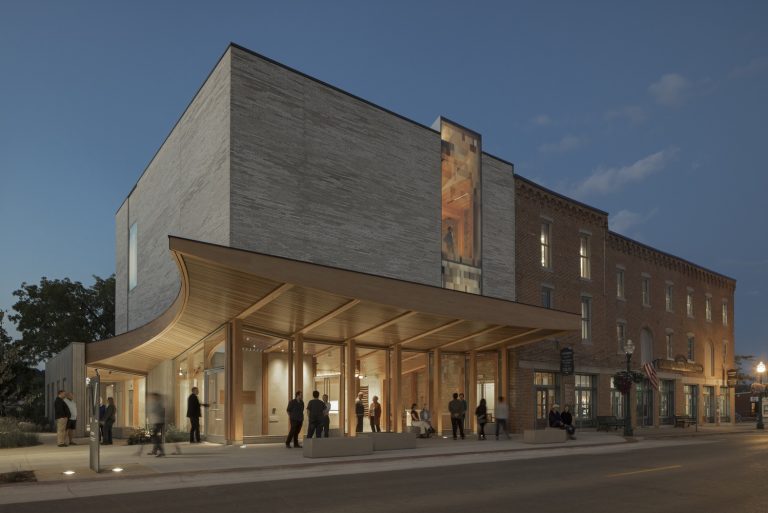





 Ingenuity and Clean Energy
Ingenuity and Clean Energy

